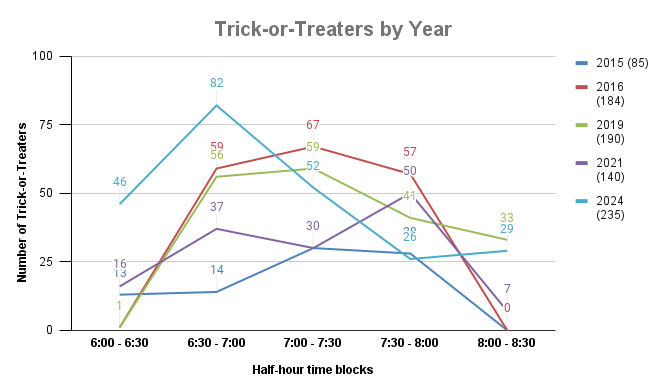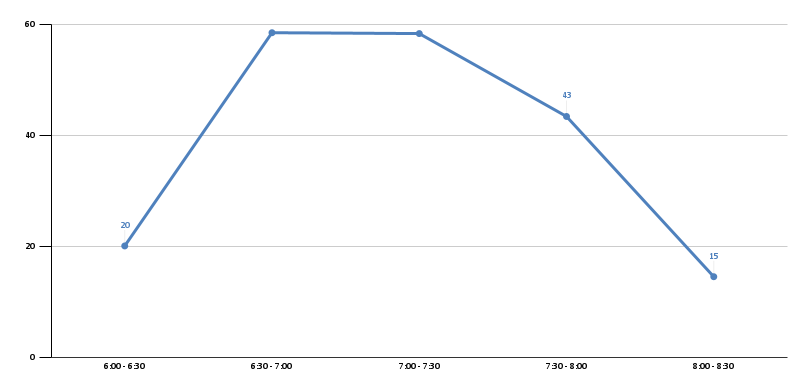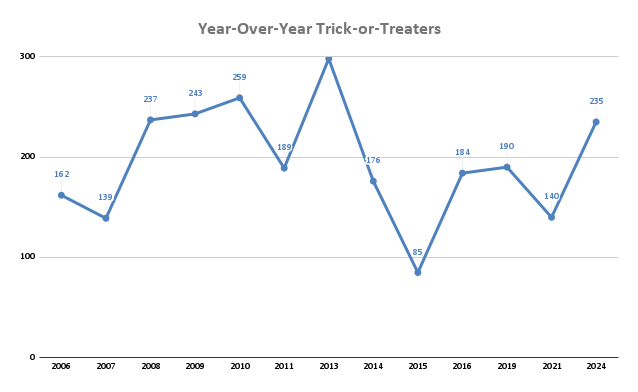Minor Differences in JSON Serializers in .NET/C#
The move from Newtonsoft to System.Text.Json for JSON serialization in .NET is not a new thing, but there are two subtle differences that I always forget or get wrong so I figured I’d write them down so I can Google my own answer later.
This is based on .NET 8 and 9. If you come in looking at this later, they may have updated.
Dictionaries
There are Roslyn analyzers that want you to set dictionary-based properties to be get-only.
public class Model
{
public IDictionary<string, string> WhatAnalyzersWant { get; } = new Dictionary<string, string>()
}
- Newtonsoft supports this and will add the items to the existing dictionary.
- System.Text.Json does not support this and the dictionary will remain empty after serialization.
For greatest compatibility between the two frameworks, leave dictionary properties get/set and suppress the analyzer message.
Enums
I work on a lot of services where we specify camelCase style naming, including on the enum members.
To set System.Text.Json up for camelCase enums, it looks like this:
var settings = new JsonSerializerOptions
{
Converters =
{
new JsonStringEnumConverter(JsonNamingPolicy.CamelCase, true),
},
};
For Newtonsoft, it looks like this:
var settings = new JsonSerializerSettings
{
Converters =
{
new StringEnumConverter(new CamelCaseNamingStrategy()),
},
};
In addition, Newtonsoft supports using System.Runtime.Serialization.EnumMemberAttribute to specify an exact value, which will override the camelCase naming. System.Text.Json does not support this attribute.
public enum Policy
{
// Only Newtonsoft uses this attribute.
[EnumMember(Value = "ALWAYS")]
AlwaysHappens,
NeverHappens
}
In the above example…
- Newtonsoft will render
ALWAYSandneverHappens. - System.Text.Json will render
alwaysHappensandneverHappens.
Further, both frameworks allow you to mark an enum with a specific converter, which can also dictate the casing/strategy.
For greatest compatibility between the two frameworks, use the appropriate serializer settings to handle casing on your enum and don’t mark things up with any attributes related to serialization.





